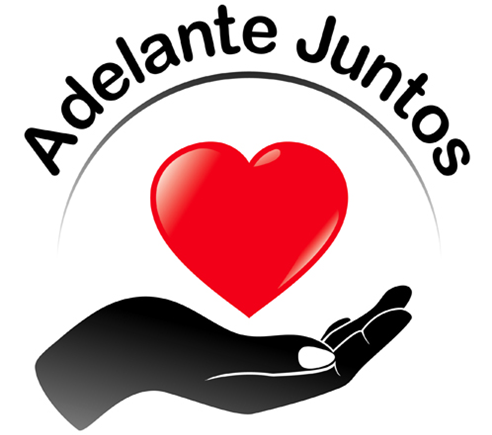Problem:
Food insecurity in Guatemala is a major problem, driven by widespread poverty, inequality, climate change, and natural disasters. Guatemala has the highest rate of malnutrition among children under five in Latin America. In some rural communities, the number of children under five suffering from chronic malnutrition is as high as 80 percent. Recent years of drought and crop failure have significantly worsened the problem
A multi-ethnic country with a rich cultural heritage, Guatemala is one of the most unequal countries in Latin America. While two thirds of the overall population live on less than US$2 per day, poverty affects indigenous people disproportionately: 80 percent of them experience deprivation in multiple aspects of their lives, including food security, nutrition, health and education.



Potential Solution 1:
MONTHLY ALLOTMENT OF BASIC FOOD STAPLES
- The basic food basket in Guatemala includes:
- Vegetables, such as tomatoes, onions, squash, potatoes, and green beans
- Corn tortillas
- Black beans
- Rice
- Coffee
- Sugar
- Dairy products, such as cheese and sour cream

Potential Solution 2:
READY-TO-USE THERAPEUTIC FOODS (RTUFS)
Nutritional food supplements provide a ready to eat supplement for children whose diet may provide energy but lacks varied and nutritious food needed to promote linear growth and motor.

One such supplement is Nutributter which provides micronutrients (minerals and vitamins) required for growth in children up to 24 months. Other supplements need to be investigated.

Incaparina is a high-quality protein vegetable food used in Guatemala. It was developed in the 1960s for children and other population groups with nutritional deficiencies.
Potential Solution 3:
AQUACULTURE

There are many approaches to deal with food insecurity. One such approach is to develop a fish farming system to individuals, and preferably to the community as a whole. This sustainable, self-reliance project provides not only a source of nutrition for families within the community but also a source of income through the sale of fish.
